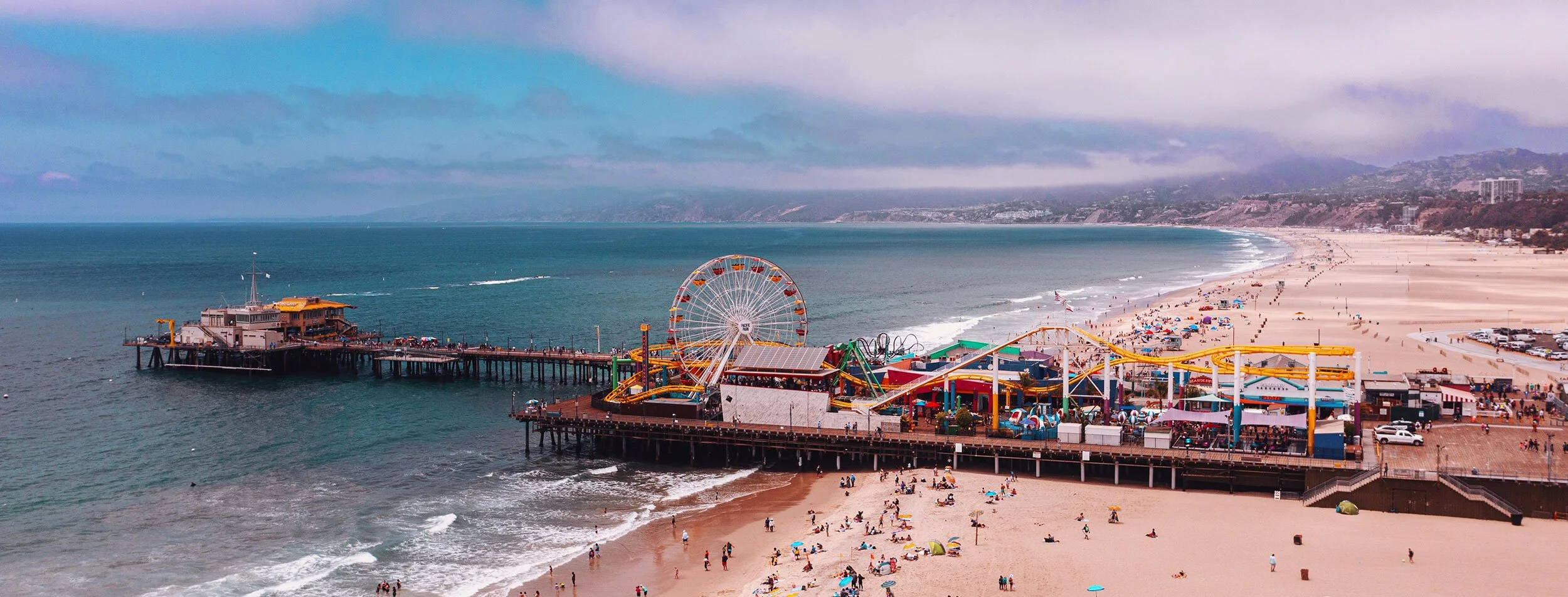Santa Monica Celebrates 150 Years
Image courtesy of santamonicapier.org
Santa Monica Celebrates 150 Years
by Sweiskloss
July 24, 2025
by Sweiskloss
July 24, 2025
Image courtesy of smconservancy.org
Image courtesy of smconservancy.org
Image from Santa Monica Public Library Archives, courtesy of smconservancy.org
Photo courtesy of Satin and Slate Interiors
Image courtesy of nilihudson.com










